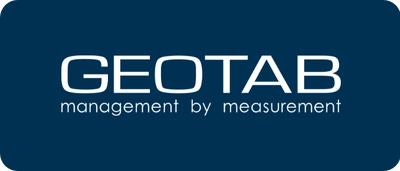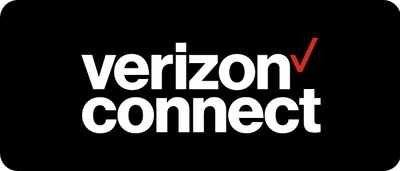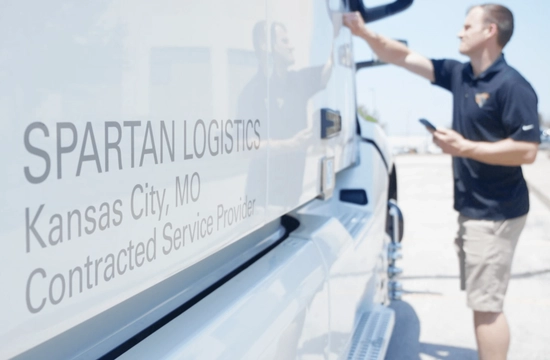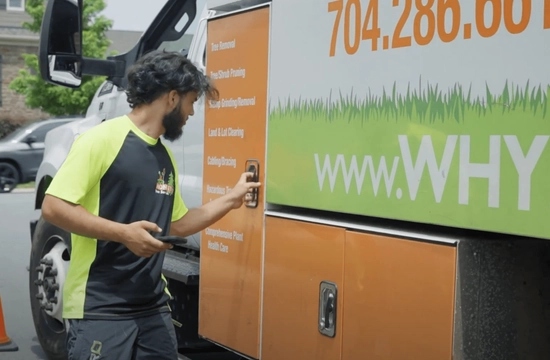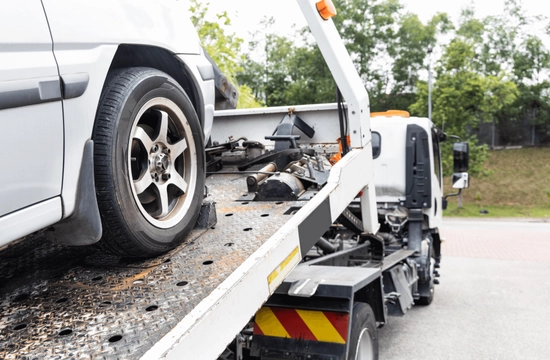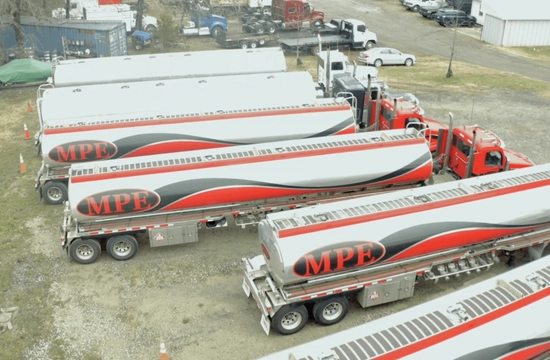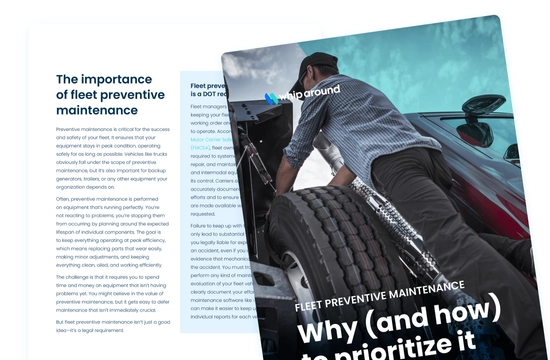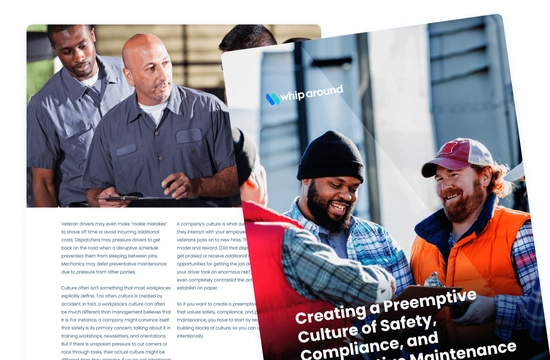- SolutionsMaintenance
Fleet maintenance software for vehicles and equipment
ComplianceEverything you need to keep your fleet compliant with the DOT
InspectionsVehicle inspection software that keeps you compliant and cuts costs
ReportingAccess the vital data you need to optimize the performance of your fleet
Fuel ManagementTrack fuel usage in real time and maximize profitability through fuel cost tracking
IntegrationsSee all - CustomersFeatured Case StudiesSee all
![Spartan Logistics]() Spartan Logistics
Spartan LogisticsSpartan Logistics is a safer, more efficient business by keeping their maintenance up and costs down with Whip Around.
View case study![Monster Tree Service]() Monster Tree Service
Monster Tree ServiceWhip Around gives Monster Tree Service visibility on vehicle & equipment location, condition, what work is due and what has been completed
View case study![Northwest Repossession]() Northwest Repossession
Northwest RepossessionNorthwest Repossession saves tens of thousands of dollars every year by staying totally compliant with Whip Around.
View case study![M. Pittman Enterprises]() M. Pittman Enterprises
M. Pittman EnterprisesThe team at M. Pittman turned to Whip Around for a digital solution to take the guesswork out of their preventive maintenance process.
View case study - ResourcesFeatured ContentSee all
![eBook: Fleet preventive maintenance: Why (and how) to prioritize it]() eBook: Fleet preventive maintenance: Why (and how) to prioritize it
eBook: Fleet preventive maintenance: Why (and how) to prioritize itEverything you need to make preventive maintenance a priority for your fleet.
View eBook![eBook: Creating a preemptive culture of safety, compliance, and preventive maintenance]() eBook: Creating a preemptive culture of safety, compliance, and preventive maintenance
eBook: Creating a preemptive culture of safety, compliance, and preventive maintenanceHow to build a preemptive culture of safety in six steps.
View eBookResource Type - Pricing
Navigating Emissions Regulations and Building Sustainable Fleets
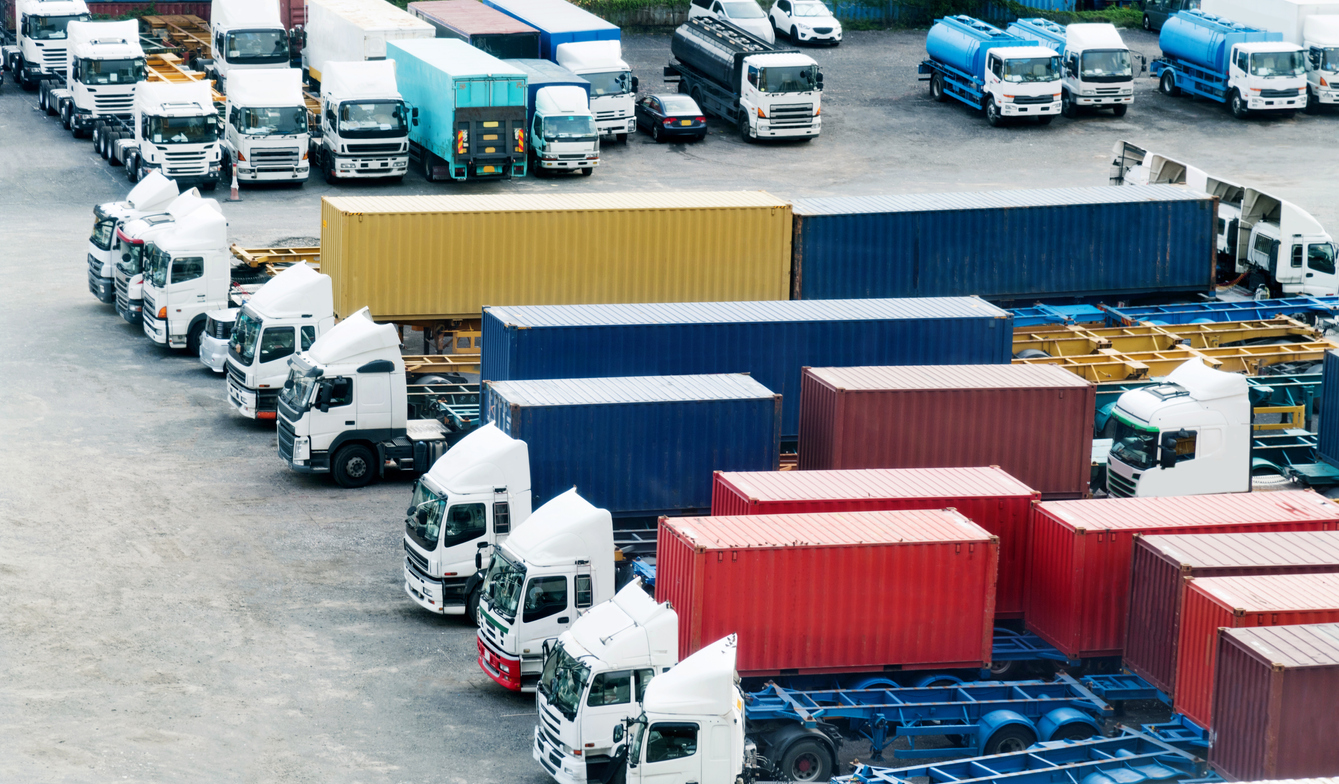
As the push for stricter emissions regulations gains momentum, fleets across the United States and the world are facing unique challenges as they work to reduce greenhouse gas (GHG) emissions well before fully transitioning to electric vehicles (EVs). More than 20 US states have already enacted legislation reflecting goals for 100% clean energy, with more expected to follow. Fleets that are unable to invest in EVs can still make significant progress towards meeting low- and zero-emissions regulatory goals.
At Whip Around, we understand the importance of operating a healthy fleet and maximizing fuel efficiency not only for cost savings but also to align with environmental best practices. Let’s explore some strategies for reducing emissions and emphasize the benefits of sustainable fleet management.
Create a sense of urgency
According to a 2023 sustainability survey from Geotab, more than half of fleet professionals believe their customers will demand sustainability initiatives from the companies they work with over the next three years. The same survey indicates that two in three managers plan to invest more in fleet sustainability during that time.
Instead of solely focusing on electric vehicles, fleet managers can implement strategies now that promote fuel efficiency and sustainable practices across their existing fleet. By adopting a comprehensive approach, fleets can reduce their carbon footprint while minimizing costs and looking to the future. It’s never too late to begin creating and implementing a sustainability strategy.
Maximize fuel efficiency
Improving fuel efficiency is a key factor in reducing emissions and achieving sustainability goals. By implementing effective fuel management practices — such as real-time data monitoring and fuel consumption trends analyses — fleets can optimize their operations and minimize fuel consumption.
This involves regular maintenance to ensure vehicles are operating at peak efficiency, promoting driver training for eco-friendly driving habits, and utilizing advanced digital tools to automate, monitor and analyze fuel usage data. These measures not only contribute to lower emissions but also result in significant cost savings for fleet operators — all while giving owners valuable insights into the total cost of ownership (TCO) of their assets.
Adopt better preventative maintenance practices
Implementing effective maintenance practices is crucial for fleet managers seeking to minimize costs and reduce emissions. By ensuring vehicles are properly maintained, fleet managers can enhance operational efficiency, decrease fuel consumption and minimize downtime for repairs.
This not only improves profitability but also extends the lifespan of vehicles, while simultaneously reducing fuel expenses and emissions caused by idling or avoidable wear and tear. Well-maintained fleet vehicles demonstrate improved fuel efficiency, leading to long-term cost savings and reduced emissions.
Consider alternative fuels
While the transition to electric vehicles is a viable long-term solution, fleets can explore alternative fuels that align with their near-term sustainability goals as well. Renewable natural gas (RNG), for example, presents a promising option for reducing emissions. Derived from organic waste sources, RNG offers a low or even negative carbon intensity (CI) value.
By utilizing RNG or other alternative options as a substitute for conventional natural gas, fleets can offset heavy-emitting vehicles as a stepping stone towards electrification while capitalizing on the existing infrastructure and vehicle fleet.
Optimize routes and reduce idling
In a campaign to optimize fleet operations while minimizing environmental impact, efficient route planning is a must. By utilizing tools that consider variables such as fuel usage data, traffic patterns, road conditions and vehicle type, fleet managers can identify the most optimal routes. This reduces travel distance while enabling better resource allocation by allowing drivers to complete more tasks within a shorter timeframe, reducing the need for overtime or additional staff.
Reducing excessive idling is another critical aspect of cost and emissions reduction. Idle time wastes fuel, increases wear and tear on engine components and leads to higher maintenance and repair expenses. Businesses can use telematics systems to monitor idle time and identify areas for improvement, then use that information to create idle reduction policies, educate drivers about the negative effects of idling and establish guidelines to drive cost savings and emission reductions.
Prepare for the technician jobs of tomorrow
As the market for electric vehicles grows, it is crucial for the industry to proactively prepare for the servicing needs of these vehicles, attracting the next generation of drivers and technicians who are drawn to the clean and modern aspects of EVs.
As Fleet Owner recently pointed out, initiatives are already being rolled out to guide technicians and shops in servicing EVs and provide guidance around the specific maintenance requirements and safety considerations associated with these vehicles. By investing in their teams’ training through EV-centric courses, workshops and programs, organizations can position themselves for an electrified future while demonstrating they value their employees.
Take action today
While the transportation industry is adapting to increasingly stringent emissions regulations, fleets can proactively reduce their environmental impact without solely relying on electric vehicle adoption. By creating a sense of urgency within your organization, focusing on fuel efficiency, adopting better maintenance practices, exploring alternative fuels and equipping yourself with the knowledge and skills that will be required in the future, fleets can make significant progress in meeting sustainability goals.
At Whip Around, we understand that operating a healthy fleet is not only about saving money but also about fostering a culture of safety and compliance while aligning with environmental concerns. By embracing sustainable fleet management practices, fleets can achieve the dual benefits of cost savings and environmental responsibility.
Schedule a demo or start a free trial to discover how Whip Around can help improve your inspection processes, streamline fleet maintenance practices, achieve greater fuel efficiency and foster a culture of safety and compliance.

